All students deserve to see their stories reflected in the books they read. When you fill your classroom library with a rich variety of inclusive titles that represent your students and their experiences, along with books depicting situations that they never see or hear about in their everyday lives, you help every reader feel welcome and accepted. You also teach your students to celebrate the differences that make each of us unique.

Why It’s Important to Evaluate Your Books Regularly
Building an inclusive classroom library takes time, thought and effort. It’s important to regularly evaluate the books you offer and remove outdated titles and books that feature stereotypical representations. It’s also important to incorporate recently published titles and introduce a wider variety of experiences and perspectives whenever possible. In addition, if your student population changes yearly or you move to a new school, re-examining and refreshing your classroom library is an effective way to ensure your books reflect your current student population.
General Things to Look for as You Evaluate
When analyzing your current books and choosing new books to add, it’s important to consider many different types of diversity, including:
Gender
Race
Ethnicities
Sexual orientation
Abilities and disabilities
Socioeconomic status
Global perspectives
Incidental diversity
Inclusive images
With so much to consider, you might feel overwhelmed. Where should you start? What types of books are you missing? How do you know what titles to add?
6 Essential Tips for Organizing Your Classroom Library

Booksource helps educators across the country fill their classroom libraries with books that promote diversity, equity and inclusion. We have created several free tools and resources that can help you, too.
Analyzing Your Library with Booksource Classroom
We feel our job is to make your day-to-day easier. That’s why we created Booksource Classroom, a free online tool that can help you organize, manage and analyze your classroom library. One of its greatest features, LibraryLens, can be instrumental in auditing your classroom library.
LibraryLens automatically evaluates the books in your classroom library, identifies gaps and suggests the right titles to fill those gaps. This means you can perform a digital diversity audit on your own classroom library!
If you’re interested in making your classroom library more diverse, my fav teacher Instagram shared an awesome resouce that will help you figure out where your gaps are! So excited for my summer project with @Booksource pic.twitter.com/PciLOXVCUK
— Maria Castillo (@rocketsinsixth) June 19, 2020
To get started, use these directions to create an account and create your library.
Head to the left toolbar and click “LibraryLens” to access our audit feature. You’ll see sections denoting the following:
Achievements—things you’re already doing right
Suggestions—ways to improve your library
Issues—items that need immediate attention
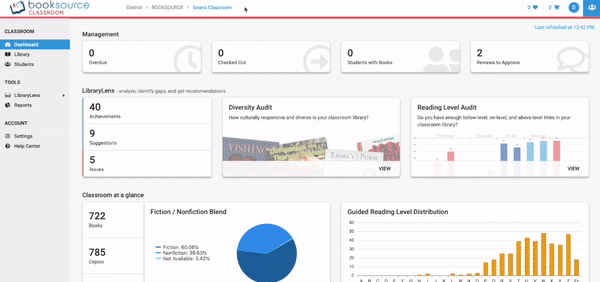

Here, you can learn valuable information like what percentage of your titles feature general diversity, as well as more categorical statistics like the number of books in your library that feature:
Diverse authors/illustrators
African American characters
Asian American characters
Latin American characters
Native American characters
Middle Eastern characters
Immigrant experiences
Refugee experiences
International authors
International characters
Jewish history and culture
People who identify as LGBTQ+
Women’s history
Autism spectrum
Physical disabilities
Neurodiversity and neurodivergence
We will even suggest some new titles to help enhance your library!
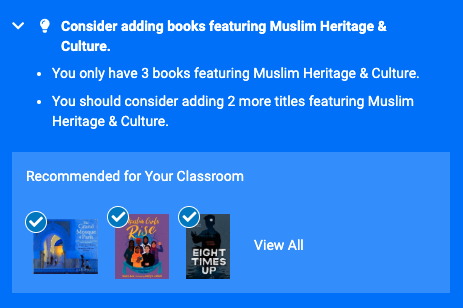
If you’re still not convinced, here are some more reasons you should create a Booksource Classroom account.
Filling in the Gaps
Now that you know the categories of your classroom library that could use some added representation, it’s time to fill in those gaps. Luckily, we not only have the tools to analyze your library, but the books to fill it!
Click any of the images below to browse diverse and inclusive book collections carefully curated by our Collection Development experts to ensure your students feel represented and excited about reading.
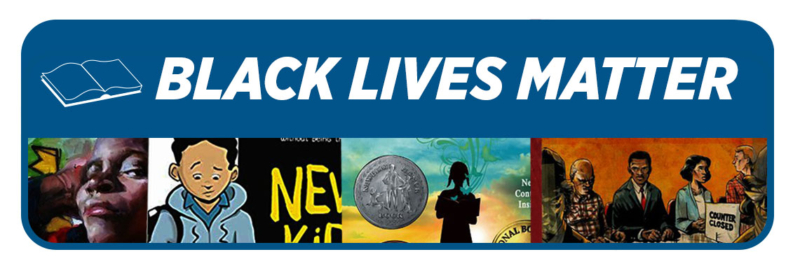
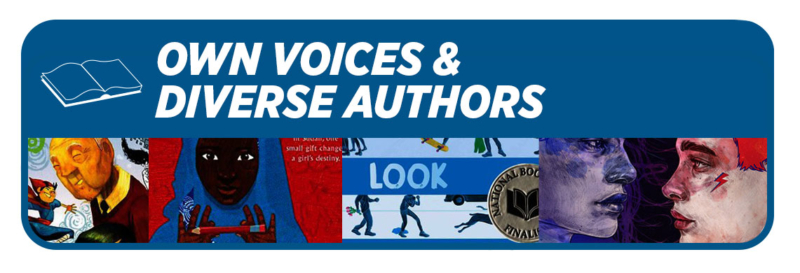
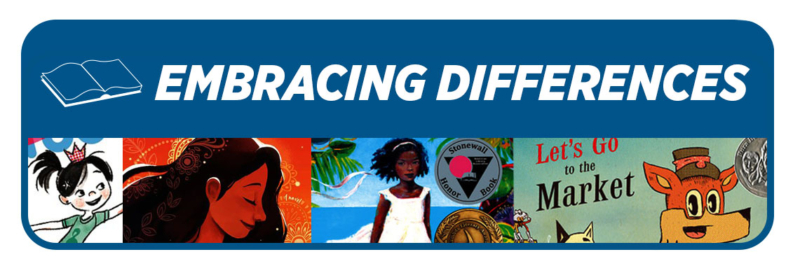
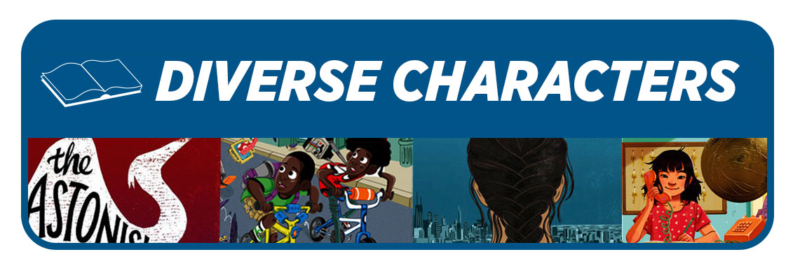
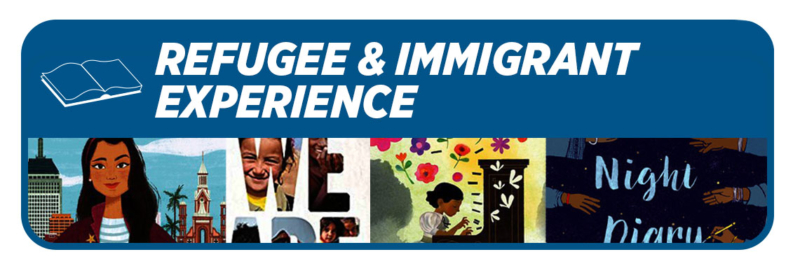
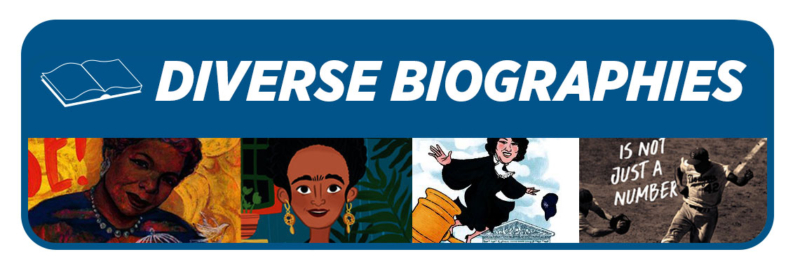
More Resources
Inclusive Classroom Library Checklist
What if you haven’t created your free Booksource Classroom account yet and would like to complete a classroom library audit? You can download and print our Inclusive Classroom Library Checklist for an easy non-digital way to evaluate your classroom library for gaps in representation and identify the types of books you need to add.
Easy PD Webinar Series
This three-part webinar series can help you build an inclusive classroom library and positive classroom community where all readers feel seen, heard and understood. View Parts 1, 2 and 3 to gain practical strategies for evaluating, crafting and teaching with a diverse and inclusive classroom library.
Part 1: What Is a Diverse & Inclusive Classroom Library?
In this short, introductory webinar, we explain diverse and inclusive classroom libraries, why they are essential and what sets them apart from traditional classroom libraries.
Part 2: How to Craft Your Diverse & Inclusive Classroom Library
Learn how to analyze your student population and identify gaps in representation in your existing classroom library.
Part 3: Using Diverse & Inclusive Texts in Your Classroom
Once you evaluate your library, it’s time to fill the gaps! Learn how to select the diverse books you need and then integrate them into read alouds, independent reading, reading workshop and other lessons to build a positive and inclusive community.
Webinar: Discover New & Exciting Diverse Books for Your Classroom Library
This webinar features book talks on titles and series like Yasmin, Sadiq and Redwood & Ponytail, along with tips for selecting books that reflect a variety of ethnicities, family structures, life experiences and more.
Note: The webinar was recorded in June 2019 and features books and series that were recently published or coming soon at that time.)
30 New & Exciting Diverse Books That Are Perfect for Classroom Libraries
If you need diverse books but aren’t sure which titles to select, this list of title recommendations for grades K-2, grades 3-5, grades 6-8 and grades 9-12 can help.
What other tools do you use to analyze your classroom library? How often do you refresh? Tell us in the comments section below!


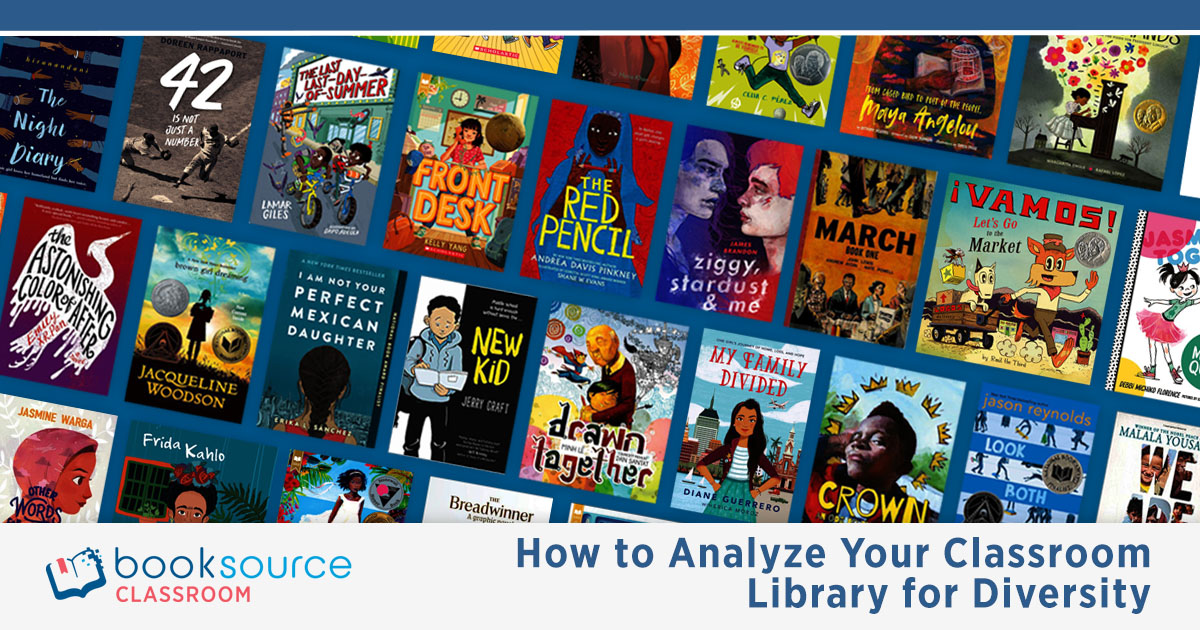

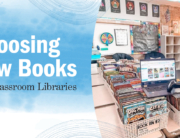
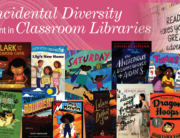
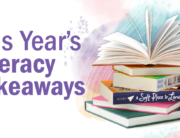
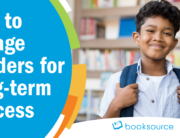
Looking for some great idea for next year
[…] Previous By Booksource|2020-07-16T08:22:16-05:00July 16th, 2020|Classroom Library Resources, Classroom Technology|0 Comments […]
[…] How to Analyze Your Classroom Library for Diversity […]
[…] How to Analyze Your Classroom Library for Diversity 6 Essential Tips for Organizing Your Classroom Library 5 Things Booksource Classroom Tells Us About Student Book Choices Top 5 Reasons to Create a Booksource Classroom Account […]
[…] Booksource Classroom makes it easy to maintain an online inventory of your classroom library books, track their whereabouts, discover ways to increase student engagement and even analyze your library for diversity. […]
[…] to help organize your classroom library. Whether you’re excited about analyzing your books for diversity with the LibraryLens™ feature or you’re just looking for a digital way […]
[…] may be familiar with the fact that Booksource Classroom’sLibraryLens feature shows you what gaps you can fill in your classroom library, but have you noticed that it also […]